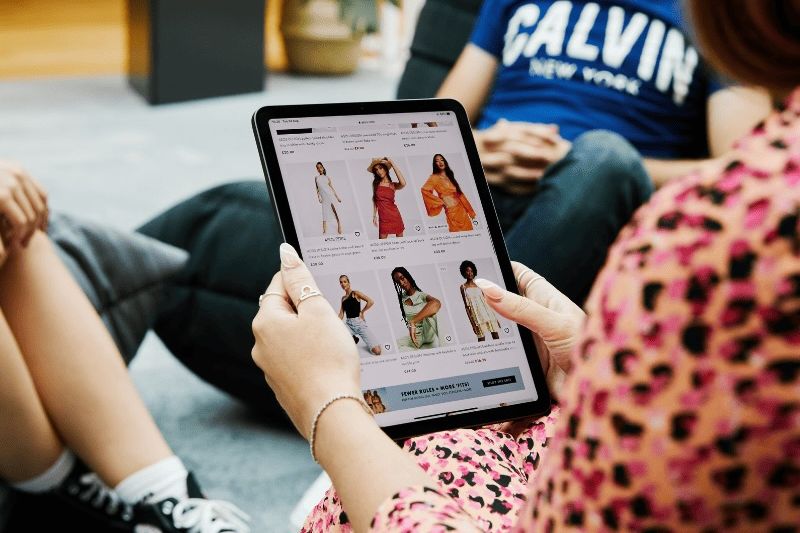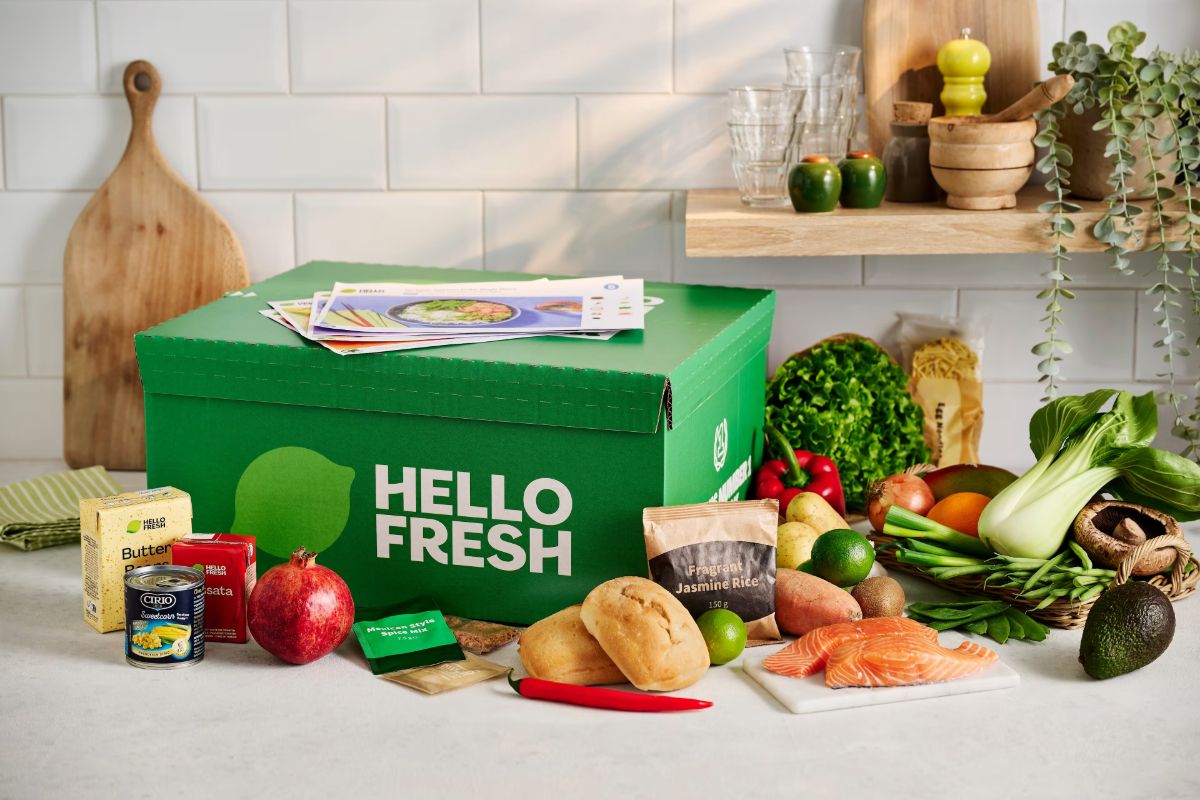Pure-players have to go omnichannel if they want to grow in the future; the physical store is an especially powerful and indispensable part of an omni-channel strategy, writes Lotte Weichenfeldt Schjøtt of delivery management software company EDI-Soft.
Today there are many ways of reaching the consumers, such as physical stores, online shops, mobile apps, social media and telemarketing. And in line with the digital revolution, consumers have become accustomed to shop across the different channels. Therefore consumers expect omni-channel today. And the retailers who have transformed themselves into omni-channel, can grow more than pure online shops, the so-called pure-players. Therefore, pure-players have to think in terms of physical channels in addition to online, according to omnichannel expert Kasper Holst from Impact.
“2015 has been a wake-up call for retailers. They have realised the necessity to adapt to omni-channel retail. Here it is vital to look at the supply chain, warehouse and logistics. Drastic changes in existing processes to deliver a true omni-channel buying experience are necessary. In a successful omnichannel strategy order picking, customer service, delivery and return have to function across all channels,” Holst says.
The main channel is still the physical store, he continues.
“Stores are really good for impulse purchases, which represent up to 20 % of all trade. In addition, the human interaction in a store is significant to the customer service experience. The physical store is also an important tool for the online shop because it represents a delivery and return alternative for the online shop’s customers. This creates synergy between the online shop and the store, as the purchase may start in the online shop and end up in the store where the customer picks up or returns the online purchase and increases the opportunity for impulse purchases and increased sales for the physical store.”
Omni-channel delivery and return increases customer satisfaction and sales
Vice President of software company EDI-Soft, Steffen Pasgaard, reflects on the growing popularity of click-and-collect.
”More and more online shops are going omnichannel and offer click-and-collect via their own stores, and this puts pure-players like Amazon, under pressure. In return retailers like Macy’s in the US, who combine offline sales in department stores with online sales, are gaining market share. The offline store becomes a kind of warehouse and showroom for the online shop, where customers are able try on and not least return items. Good return options are also crucial to a good customer experience.”
A study by UPS shows that up to 81% of consumers expect one of the following return options before purchasing a product online:
- That they can return an item purchased online in a physical store.
- That they can send an online purchase back to the online shop with a return label, which is generated and paid by the online shop.
“As an online shop you have to differentiate yourself in a dense market. You have to be unique, offer high customer service or have a special product range. Omnichannel is still a way of differentiating yourself, but is simultaneously also expected by the consumers today. The most progressive pure-players today see opportunities in physical channels through partnerships with existing and established offline stores. Same-day delivery will become a market standard for all actors within a few years. Omnichannel transformation thus put great demands on all actors regarding logistics and delivery methods,” Kasper Holst concludes.









